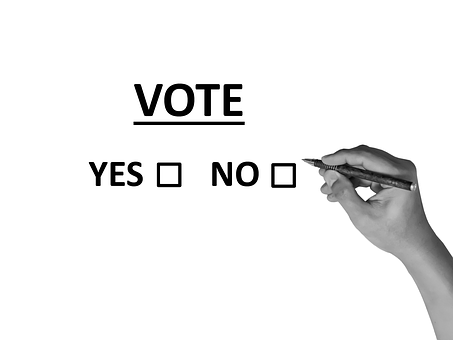 We have an major election coming up in November. The country will be choosing a new president and it involves primaries and the actual election. What type of costs are involved in holding an election.
We have an major election coming up in November. The country will be choosing a new president and it involves primaries and the actual election. What type of costs are involved in holding an election.The costs will vary depending on the location of the county and the type of election itself. It is estimated there are over 10,000 jurisdictions who are in charge of running elections. This does not include subdivisions in each jurisdiction such as school boards, municipalities, fire districts, and a variety of other elections.
Over the past 50 years, new laws have moved the responsibility for the cost of elections from the municipalities to the state. Consequently the way states help pay for the cost of elections varies from state to state. This includes the voting equipment, people to run the elections, the space used for elections, and so much more.
This website has a list of approximate costs for select counties in certain states. The data is from 2012 or 2013. According to the list, it costs around $209,000 to hold a local election to repeal a specific bill in Mojave County Arizona. In Riverside county in California, it cost around $113,500 to hold an election on allowing a Walmart Super Center to be built in the area. The costs given on this site are per local question and if taken together can add up to a huge amount. The nice thing about this information is one can create graphs or infographics on the information.
This site has great information on the total cost of elections from 1998 to 2018 with a break down on presidential years to show congressional and presidential elections while showing only the congressional elections in the years that did not have a presidential election. The site also has a great double bar graph showing the same information as in the written format. It is possible to use this information to calculate the percent increases on electoral costs every two years.
This site looks at the cost of both the republican and democratic candidates who ran for president from 1980 to 2016 and a projected cost for 2020. The costs include the biggest spender and the total party cost so students can determine the percent ratio of the biggest spender to the total amount spent. There is also enough information for students to create their own double bar graphs out of the available information. In addition, it lists the top 5 most expensive presidential campaigns of all time and the top 5 candidates who spent the most money.
It wouldn't take much to find out how many people voted in each election and how many people voted for the republican or democratic candidates so it is possible to calculate the per voter cost. Then it is possible to calculate the increase or decrease percent for the same 40 years. So many possibilities.
As far as finding out the cost of actually setting up the physical polling places for a regular election, I couldn't find out the information. I can find general information but no solid figures. The only solid figures I could find were in terms of the people who ran and how much they spent, It was only for the first site, I was able to find more specific information but it is still difficult to find.
The information of running for congress or president is enough for students to create graphs or infographics discussing the over all cost to be president and comparing and contrast if the one who spent the most won every election. Let me know what you think, I'd love to hear. Have a great day.
No comments:
Post a Comment